How often do you go get a check-up with your doctor just to make sure everything is good to go? Or at the very least, do you check yourself? There are a bunch of tell-tale signs that you can easily check on your own that dictate how healthy you actually are. This article will go over 11 shocking medical and healthcare statistics you should be aware of.
1 – Resting Heart Rate Below 100 Beats Per Minute
The resting heart rate is basically the number of times that your heart contracts in 1 minute, while you’re body is not moving around.
It shows how efficient your heart is at its job. The healthier your heart and blood vessels are, the lower that number will be. That’s because it can get enough blood to your extremities with fewer pumps.
A really healthy individual will be in the 70’s range. Athletes can have 60 bpm (beats per minute) or lower. For example, Lance Armstrong had a heart rate in the 40’s when he was destroying the Tour De France.
You can check your own heart rate by using two fingers (pointer & middle) to feel the pulse, and counting with a watch.
The radial pulse is on the inside of your wrist (shown in picture below). The carotid pulse is in the groove of your neck right under the edge of your jaw bone.
All you have to do is count how many times you feel a pulse in 1 minute.
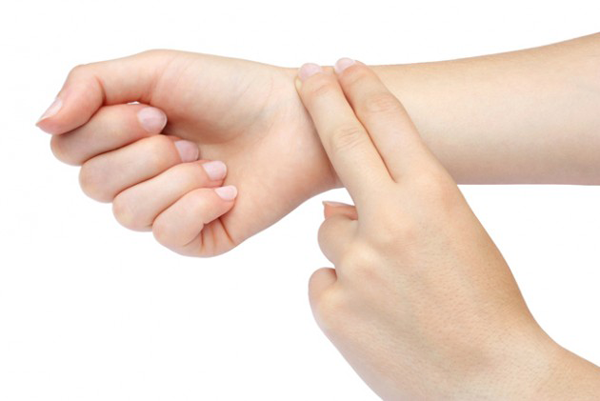
2 – 150 Minutes Of Aerobic Training Per Week
Aerobic training works on your cardiovascular system. If your heart rate is too high, then this is what you need to be doing.
Any form of exercises that increases your heart rate and makes you breathe heavy is considered aerobics.
150 minutes per week is a MINIMUM to maintain your health. That’s only 30 minutes of exercise for 5 days per week. Having a fitness journal to keep track of your workouts can help keep you accountable.
3 – A Waistline Under 35 Inches (Women) or 40 Inches (Men)
Studies have supported the fact that excessive visceral fat in the stomach region significantly increases the chance of heart disease and diabetes.
To measure your waistline take a tape measure and wrap it around your body at the same latitude as your belly button. If you’re a woman it should be under 35 inches, and men should be under 40.
This is so serious that Japan turned it into a law, enforced by strict fines. In Japan men have to have a waistline under 33.5 inches, and women can have up to 35.4 inches.
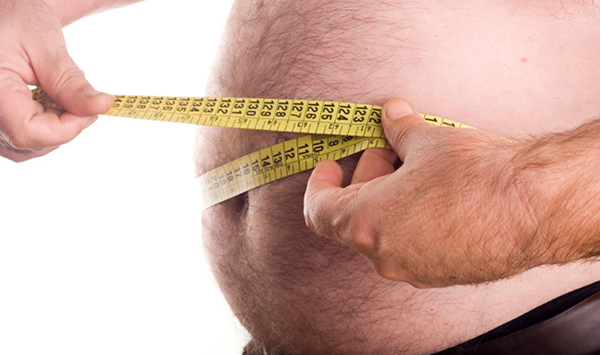
4 – Sleep 7-9 Hours Every Night
Getting plenty sleep guards you from stress, anxiety, and a malfunctioning appetite. Certain hormones like human growth hormone and others are released mainly while sleeping. That’s the reason night time is when your body does the most growth and recovery.
Tracking sleep can be really helpful. You can do it with a written journal or even an electronic tracker.
5 – Blood Pressure Below 120/80
Get this! 20% of people between the ages of 24-32 have high blood pressure. That’s insane! It doesn’t get any easier to keep a low blood pressure as you age.
The higher number is called the systolic number. That’s the pressure of the blood pressing against the blood vessels when the heart contracts.
The lower number is the diastolic number. That’s the measure of pressure when the heart is relaxed, in between beats.
If your blood pressure is 140/90 or more you’re considered to have hypertension and you should immediately go to your doctor and ask about heart medication.
People with high blood pressure are at significantly increased risk of heart disease, stroke, kidney disease, or vascular disease.
You can easily get your BP (blood pressure) measured at gyms, pharmacies, clinics, etc. You can even buy personal electronic readers…..although they may have a slight margin of error.
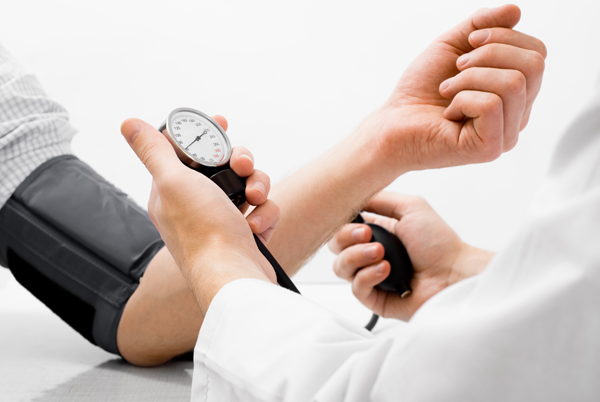
6 – Less Than 5 Teaspoons of Sugar (Women) or Less Than 9 Teaspoons (Men)
The average American consumes over 20 teaspoons of sugar per day. That’s a few hundred extra calories. Too much sugar can decrease insulin sensitivity and promote diabetes. It also promotes heart disease and obesity.
Get all your sugar intake from fresh fruits as opposed to table sugar and candy. When you’re choosing a beverage always go with simple water. It’s cheaper than soda, and it’s sugar/calorie free.
7 – Less Than 1 Teaspoon of Salt Per Day
There is an epidemic of salt consumption in the United States, and we don’t even know it.
The recommended daily intake of salt is around 2,300 mg but on average people intake over 3,400 mg. Salt consumption significantly increases blood pressure.
You need to not only monitor the table salt shaker, but also how much sodium is in your food. Prepackaged foods are notorious for having ridiculous amounts.
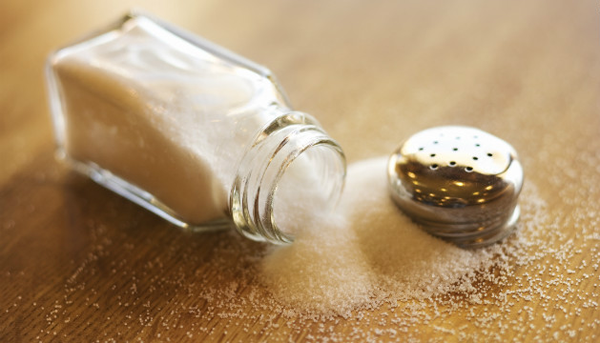
8 – Blood Cholesterol Level Under 200 mg/dL
Cholesterol is a waxy substance that floats around in your blood vessels. It likes to stick to the walls and clump up. If enough accumulates it can really disrupt the blood flow and cause heart attacks or strokes.
People in their 50’s start to really watch their cholesterol, but studies now have started to show that 20 and 30 year olds can get a pretty good idea about the direction that their cholesterol will go in the future.
To get it tested you have to get your blood drawn and have it sent to a lab. The hardest part is just setting an appointment with your doctor. It’s really not that big of a deal.
Basically, the number measures how many milligrams of cholesterol you have per deciliter of blood. You just want to keep it below 200. High fiber intake, exercise, and fish/flax seed oil supplementation can help decrease bad cholesterol levels.
9 – No More Than 1 or 2 Drinks Per Night
Studies have shown that alcohol consumption can have some health benefits, like decreasing inflammation. But those benefits only come with moderate doses.
Women should have no more than 1 drink per night, and men no more than 2. By the way, not having any during the week and then saving them all for the weekend doesn’t really apply.
Save yourself the hight blood pressure, liver damage, and massive headache. Act like you’ve had a beer before for goodness sake.
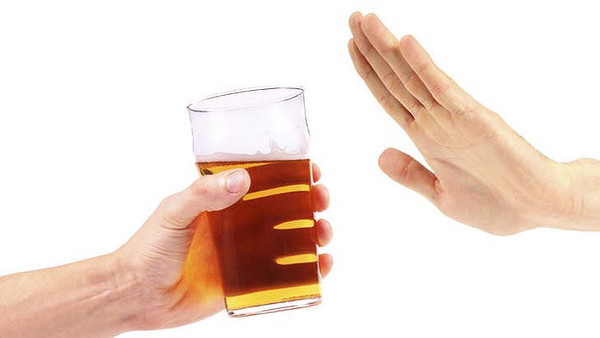
10 – Keep Your BMI Between 18.5 and 24.9
The BMI formula basically mathematically takes your height and weight into account, and then compares it to a set scale.
The healthy numbers are between 18.5 and 24.9. Anything higher than that means that you are either overweight or obese. In the rare cases that you are under that healthy rage, basically means that you’re not eating enough.
The only problem with this scale is that it doesn’t take into account athletes who might be heavy just because they have a lot of lean muscle mass.
For example, an NFL running back would probably be considered overweight on the BMI scale, but it doesn’t distinguish between lean muscle and fat mass. In some cases you’ll just have to be honest with yourself…..
11 – Resistance Train Two Days Per Week
The minimal recommendation for strength training is 2 days a week. This might be a little tougher than aerobic training because a lot of exercises have a certain technique that needs to be taught.
You don’t even have to use weights to do resistance training. Bodyweight workouts work just as good. If you’re having trouble finding where to start with a resistance training program you might want to find the perfect personal trainer.

Take the time to invest in your personal healthcare and check yourself with these medical statistics. If you found this article informative, please go share it on facebook. You’ll probably also like 6 Body Checks Men Should Perform Regularly.
 About Adam Pegg
About Adam Pegg



